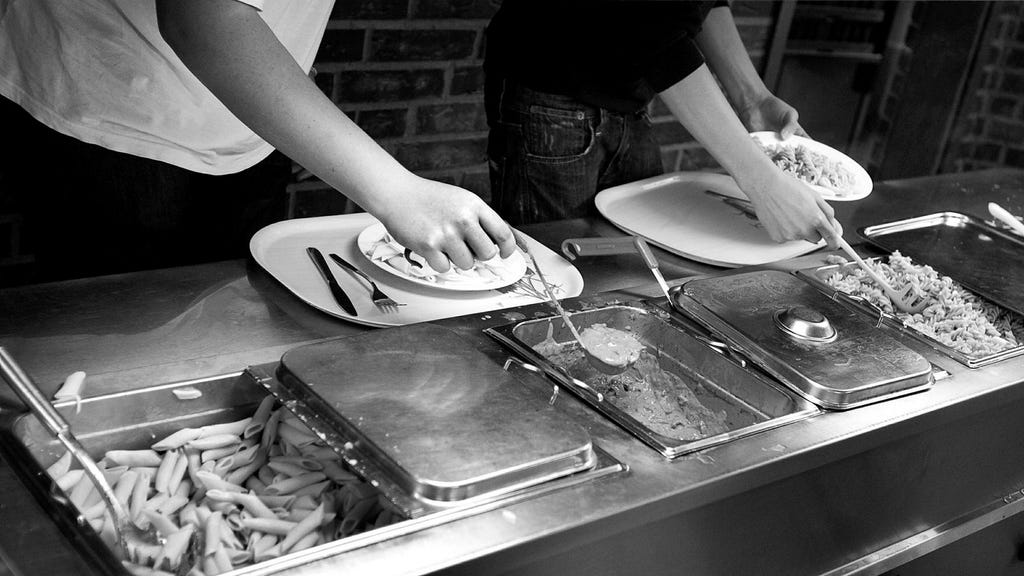The narrator recounts a recent gathering of former classmates, an event tinged with both anticipation and a touch of superstition. The initial concern over having thirteen attendees, a number traditionally associated with bad luck, proved unfounded when one person fell ill. While disappointed by the absence of their classmate, Eva, the narrator emphasizes the enjoyable company of the remaining twelve. This reunion, instigated by a classmate at a funeral some months prior, marked their first gathering in seven years. The narrator reflects on the passage of time, acknowledging the subtle changes in appearance – a sprinkling of grey hair, perhaps a few extra pounds – but ultimately dismissing these as insignificant markers against the backdrop of fifty-five years since their graduation.
Before delving into the evening’s festivities, the group engaged in a round of introductions, catching up on each other’s lives. As expected with age, conversations touched upon health ailments and the joys of grandchildren. However, the discussion soon shifted to shared memories of their school days. Anecdotes about teachers, both humorous and critical, filled the air, along with recollections of a memorable class trip to Lillehammer during their eighth-grade year. The reminiscing reached a fever pitch when the topic of school lunches arose. The mere mention of dishes like liver stew, blood sausage, and head cheese evoked a visceral shudder from the narrator.
The conversation then took a whimsical turn with the mention of ”rå bit,” a simple dish of raw kohlrabi. This seemingly mundane vegetable sparked a wave of nostalgia, prompting the narrator to inquire about another forgotten culinary relic of their school days, ”aptitvurst.” This curious concoction, essentially boiled bologna, seemed to have vanished from their collective memory, drawing blank stares from the group. The evocative power of food in triggering memories is clearly evident, demonstrating how shared culinary experiences can form a strong bond among individuals.
The day after the reunion, a classmate named Hans shared a newspaper clipping from the late 1960s detailing a typical week’s school lunch menu. This sparked further discussion, particularly about the enigmatic ”råkostkabaret” mentioned in the article. Another classmate, Maria, intrigued by the term, questioned its meaning, envisioning a theatrical performance involving people dressed as raw vegetables. Her unanswered query became a source of amusement and a potential topic for their next reunion, which the narrator hopes won’t be another seven years in the making. This lighthearted exchange exemplifies the enduring bonds of friendship and the shared history that continues to connect them.
The narrative beautifully captures the essence of reunions, highlighting the blend of nostalgia, humor, and the comforting familiarity of shared experiences. The seemingly trivial details – the school lunches, the forgotten dishes, the unanswered question about ”råkostkabaret” – become significant symbols of a shared past. These shared memories, however mundane they may seem, serve as a powerful glue that binds these former classmates together, transcending the passage of time and the changes life has brought. The narrator’s anticipation, the slight touch of superstition, the joy of reconnecting, and the lingering questions all contribute to a heartwarming portrayal of enduring friendship.
The anecdote about the thirteen guests and the subsequent illness of one person adds a subtle layer of intrigue to the narrative. While the narrator dismisses it as mere coincidence, it underscores the human tendency to seek patterns and meaning, even in seemingly random events. This element of superstition, juxtaposed with the down-to-earth nature of the reunion itself, creates a charming contrast. The narrative also subtly touches upon the inevitable march of time, acknowledging the physical changes that have occurred since their school days but emphasizing the enduring connections that remain. The shared memories, the inside jokes, and the comfortable camaraderie demonstrate the strength of these bonds, proving that time and distance cannot fully erase the shared history that binds them together. The story ends on a hopeful note, looking forward to the next reunion and the promise of further shared laughter and reminiscing.














